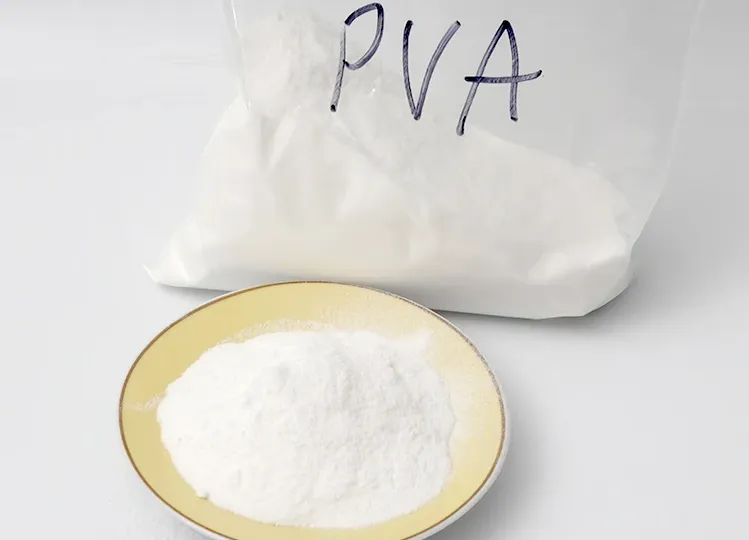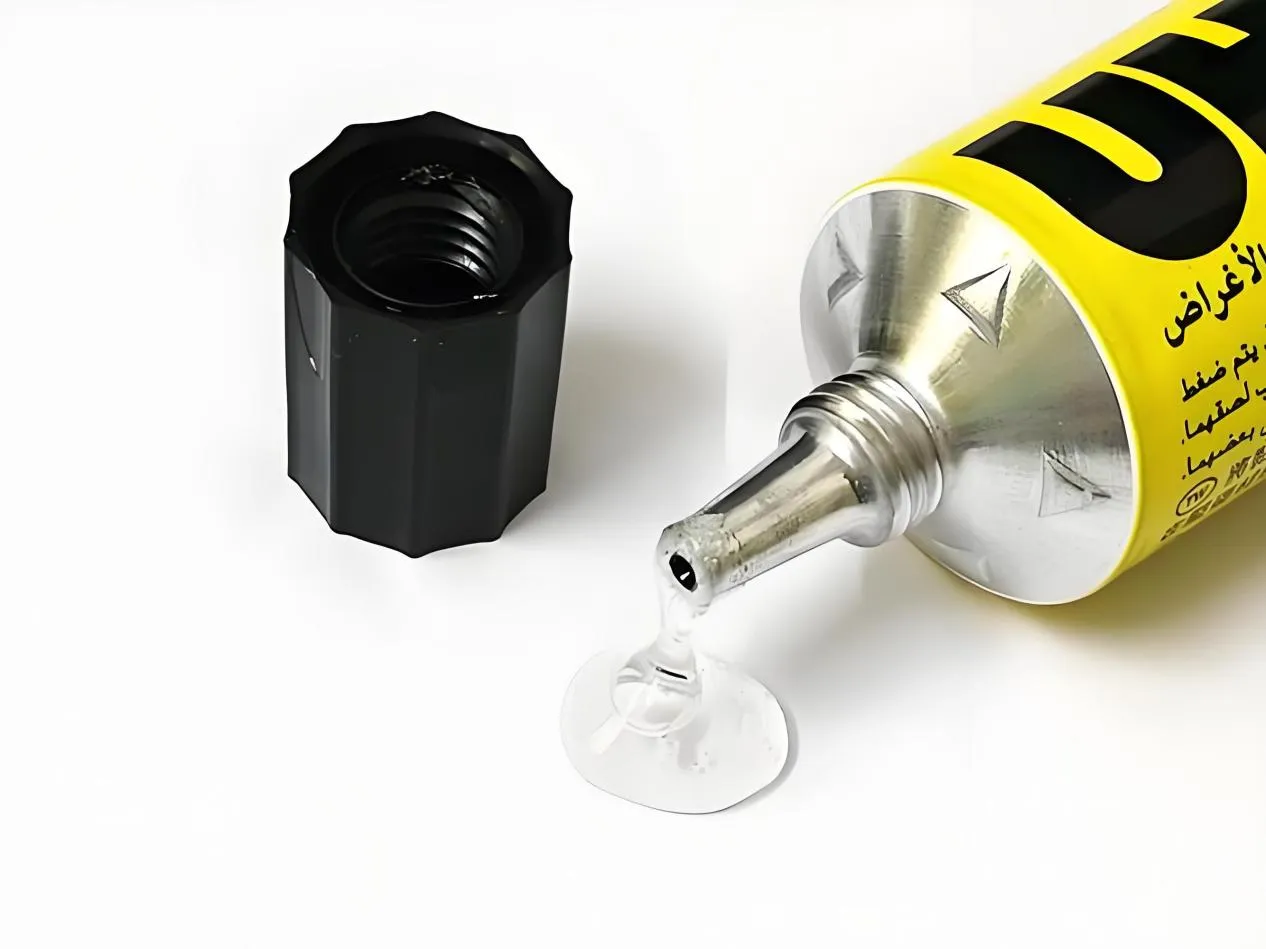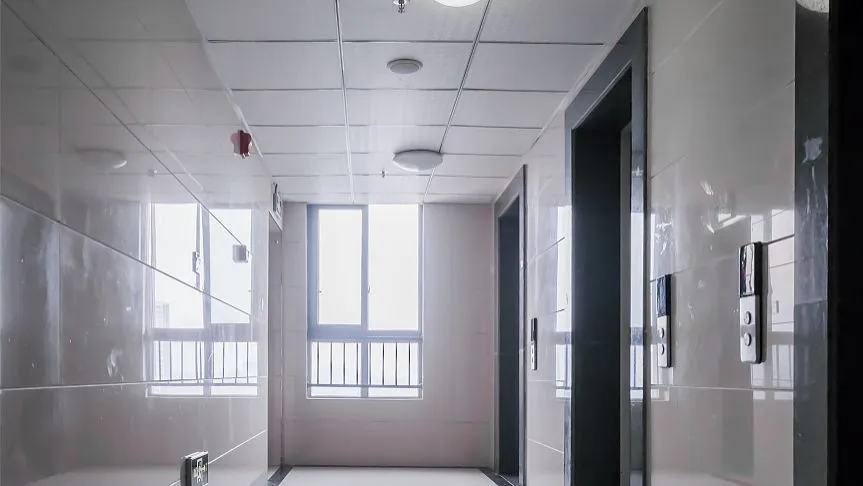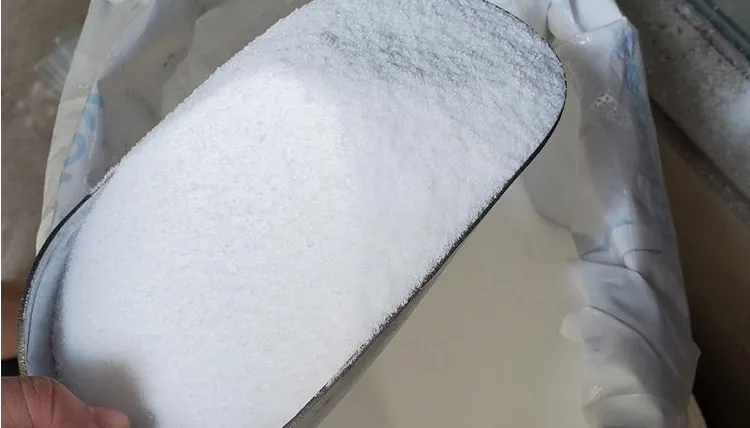
Optimizing Construction Workflows with PVA: A Smart Choice for Professional Finishing
In the construction and renovation industry, proper surface preparation is critical to achieving long-lasting finishes. Polyvinyl alcohol (PVA) plays a vital role in this process, especially when applied before plastering. Whether it's preparing walls or ceilings, PVA before plastering improves adhesion, reduces dusting, and ensures even plaster distribution.

The Role of PVA in Surface Preparation and Finishing
One common application is using PVA ceiling before plastering, which helps bond the plaster to smooth or previously painted ceiling surfaces. By sealing porous materials and creating a uniform surface, PVA reduces the chances of cracking or delamination over time.
PVA comes in various grades and formulations. For instance, BP26 PVA is a high-quality variant known for its excellent bonding characteristics and durability, commonly used by professionals in rendering and skim coating jobs. Another notable grade is PVA2488, valued for its strong adhesive qualities and compatibility with other construction materials.
Contractors often prefer PVA white, a milky-white emulsion that dries clear and acts as a multi-purpose primer and bonding agent. It’s ideal for sealing surfaces prior to plastering or painting and is widely recognized in residential and commercial settings for its reliable performance.

Supply, Usage, and Industry Considerations
When managing larger projects, sourcing PVA bulk becomes a cost-effective solution. Purchasing in volume not only reduces the per-liter cost but also ensures consistency in application across different sections of a build. Many professional PVA contractors keep bulk supplies on hand, especially for plastering, rendering, and sealing tasks.
One of the most commonly used packaging formats is the PVA 20 litre container, which provides a practical balance between quantity and ease of transport. It’s particularly useful on job sites with high surface area requirements, minimizing interruptions for product replenishment.
Understanding the science behind PVA also contributes to better application. Poly vinyl alcohol solubility—its ability to dissolve in water—makes PVA easy to dilute, apply, and clean. This solubility characteristic also ensures it penetrates well into porous substrates, offering better adhesion and longer-lasting finishes.
For those in need of adhesives or bonding agents beyond alcohol-based PVA, polyvinyl acetate suppliers offer related products such as PVAc glues and emulsions. While PVAc and PVA are chemically different, they are often used interchangeably in construction discussions. It’s important, however, to work with a reliable polyvinyl acetate supplier to ensure product quality and compatibility with specific project requirements.

FAQ
What is the purpose of using PVA before plastering?
PVA before plastering acts as a bonding agent and surface sealer, enhancing the grip of plaster on the wall or ceiling and reducing suction from porous surfaces.
Is it necessary to apply PVA ceiling before plastering?
Yes, applying PVA ceiling before plastering ensures even plaster adhesion, prevents peeling, and creates a stable working surface, especially on painted or absorbent ceilings.
What is BP26 PVA used for?
BP26 PVA is a high-performance PVA grade commonly used for plastering and rendering, known for its excellent bonding strength and reliability.

What are the advantages of PVA white?
PVA white is a versatile bonding agent with a white emulsion appearance that dries clear. It’s ideal for priming surfaces before painting or plastering.
Can I purchase PVA in large quantities?
Yes, many professionals opt for PVA bulk purchases to maintain consistency across projects and save costs on larger construction or renovation jobs.
What is the typical size for PVA containers in construction?
A PVA 20 litre container is a standard size used by PVA contractors for large-scale surface preparation, sealing, and bonding applications.
What is PVA2488 and when should I use it?
PVA2488 is a specific polyvinyl alcohol grade known for its strong adhesive properties, making it suitable for a variety of industrial and construction applications.
How does poly vinyl alcohol solubility affect its use?
Poly vinyl alcohol solubility allows for easy dilution and application, ensuring deep penetration into substrates and uniform surface treatment.
Where can I find a reliable polyvinyl acetate supplier?
A trustworthy polyvinyl acetate supplier provides consistent product quality, technical support, and suitable alternatives for specific construction needs.
Who typically uses PVA in construction?
PVA contractors are professionals who specialize in surface preparation, sealing, rendering, and plastering, relying on PVA for its reliability and performance.
In conclusion, PVA is a cornerstone material in modern construction, valued for its effectiveness, affordability, and ease of use. From PVA before plastering to BP26 PVA, and from PVA white applications to PVA bulk sourcing, this material continues to empower contractors to deliver quality results. With the right PVA contractors and reliable polyvinyl acetate supplier, you can ensure that every layer—whether ceiling, wall, or finish—is built to last.
-
Hydroxypropyl Starch as a Sustainable Construction AdditiveNewsNov.24,2025
-
The Gelation Properties of CMCNewsNov.21,2025
-
Redispersible Latex Powder and Water Retention CapacityNewsNov.21,2025
-
Dosage Control for Polycarboxylate Water ReducerNewsNov.21,2025
-
Film-Forming Properties of Polyvinyl AlcoholNewsNov.21,2025
-
The Function of Gypsum Additives in MortarNewsNov.21,2025





















